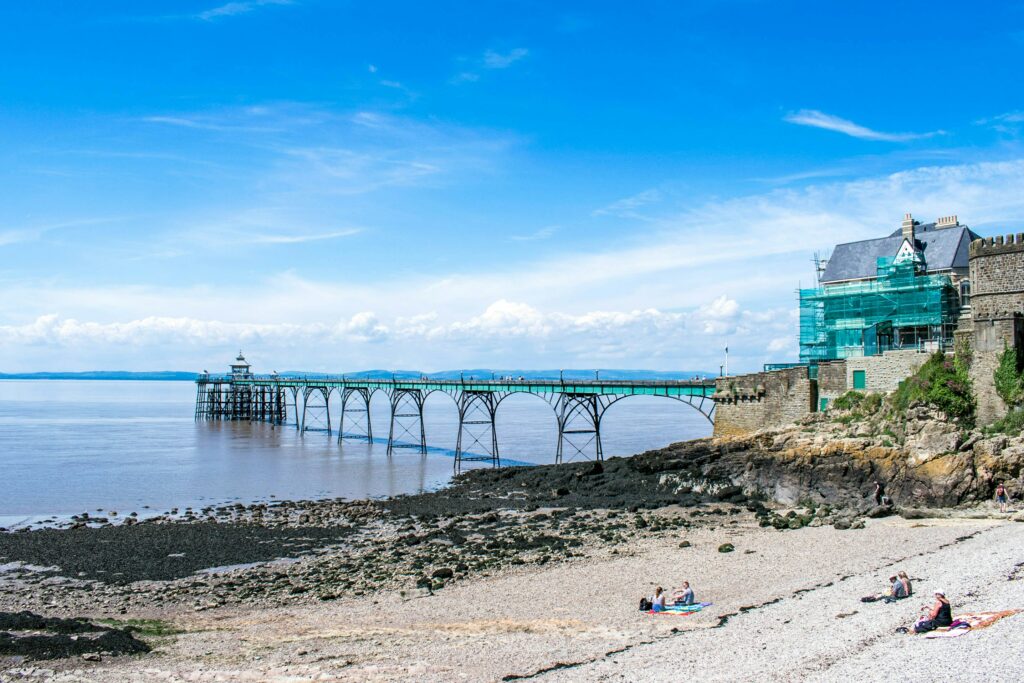The role of heritage in building social connection: How funding has strengthened communities

Liz Ellis, Policy Project Manager at the National Lottery Heritage Fund, highlights funding opportunities and underscores the importance of heritage projects as a means of enhancing social connectivity, inclusion and community resilience.
Heritage belongs to all of us
Heritage belongs to all of us, whoever and wherever we are. From enjoying our favourite green space and exploring local history archives to visiting a coastal site or museum with friends and family.
Across nearly 30 years of investing funds raised by National Lottery players we’ve seen first-hand how passionately people feel about their community memories, ancient sites and historic buildings.
Sharing our connections with heritage builds our sense of belonging, simultaneously helping us connect with others across wider communities, enlarging our social networks. It offers joy and inspiration and builds pride in place.
We all remember the challenges of loneliness and isolation caused by the coronavirus pandemic. By reconnecting now – both virtually and face to face – we can build stronger, more sustainable communities ahead.
Creating a stronger, more inclusive and sustainable sector
Our £10million youth-led Kick the Dust programme is a shining example of how heritage can bring people together, build connections and tackle loneliness. The UK- wide programme was co-designed by children and young people aged 13-25 years and supported by heritage colleagues and youth sector staff, resulting in strong intergenerational networks.
Role shadowing and job opportunities were created in hundreds of museums and other heritage sites and young people and heritage colleagues used a mix of face to face and creative online activities to engage.
In the Norfolk Journeys project, young participants co-produced activities through the Player, Shaper, Leader programme, learning more about themselves and each other while creating connections with local museums and enjoying historic places together.
Our evaluation of the Kick the Dust programme has found that thousands of young people learned new skills, improved their confidence and wellbeing, and their loneliness was reduced. For some, their participation has led to further work in heritage, creating a stronger, more inclusive and sustainable sector for everyone.
Explore our funding opportunities and the role we want inclusion, access and participation to play in heritage.

Responses